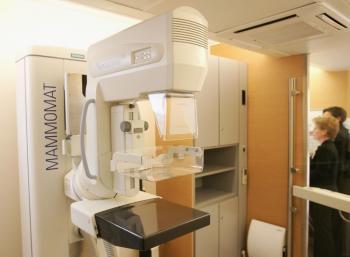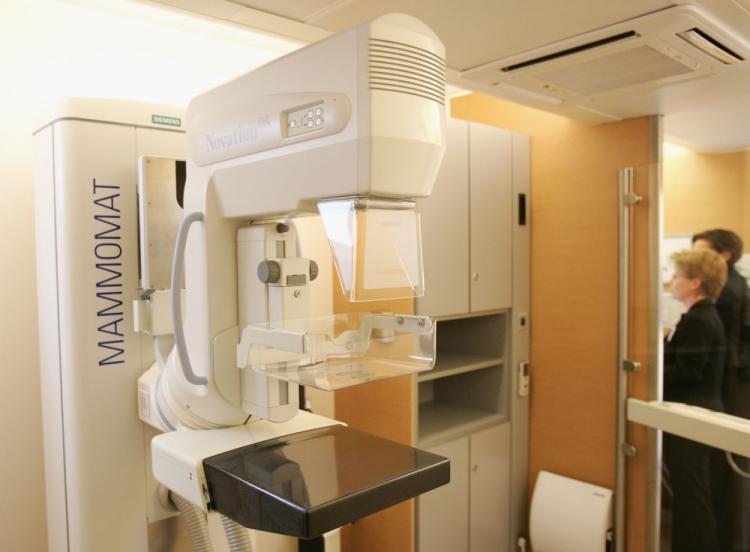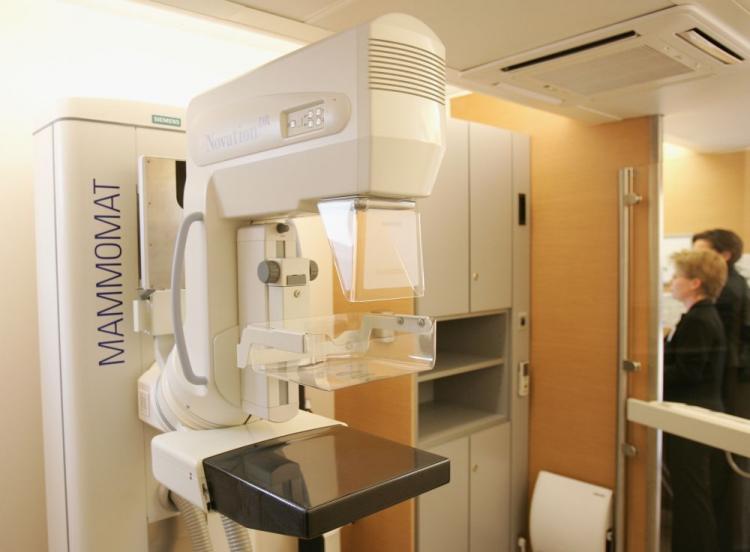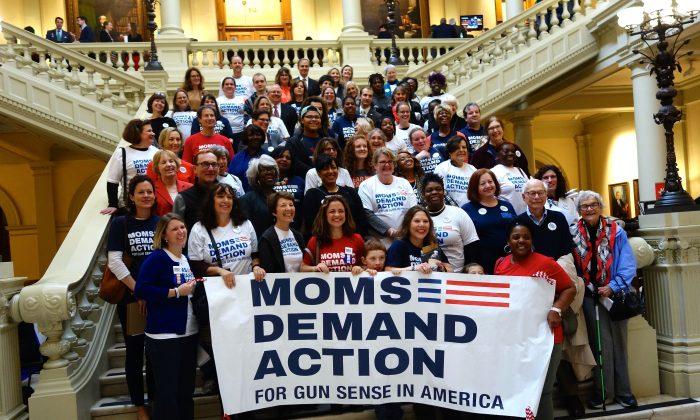The U.S. Preventive Services Task Force (USPSTF) says women at an average risk for breast cancer may not need to have annual mammograms. The group says women not at high risk for cancer may have mammograms every other year after age 50.
The USPSTF released the new recommendations on Nov. 17, in a report in the journal Annals of Internal Medicine. Other groups, including the American Cancer Society, call for women to start having annual screenings at age 40. The National Cancer Institute recommends annual or biannual mammograms after age 40, and the American Medical Association calls for annual checkups for women over 40.
Risks of mammograms include unnecessary treatment of benign breast lesions and the radiation received from the test. According to the American Cancer Society, 80 percent of biopsies do not find cancer. Even an annual mammogram may not detect the most deadly, fast growing cancers in time for a woman to have life saving treatment.
The USPSTF previously did recommend women get the annual tests starting at age 40. It has also recommended fewer screenings for prostate cancer for men. According to its website, the USPSTF was called together by the U.S. Public Health Service in 1984. It is an independent panel of private-sector experts in prevention and primary care.
Dr. Robert Shenk, Director of the University Hospitals Case Medical Center’s Breast Center, told the Cleveland Plain Dealer he does not have a problem with lower risk women having the test every two years. He said the downside of more frequent tests includes anxiety and unneeded surgical procedures.
Some of the procedures are initiated by patients, and some by doctors fearful of being sued if they miss a cancer diagnosis, he said. Perhaps because women are using less hormone replacement therapy, or because of costs, women are getting mammograms less often. He recommends individuals decide what to do in partnership with their doctors.
Reuters reported that Dr. Carol Lee, chair of the American College of Radiology Breast Imaging Commission, disagreed strongly with the recommendations. She said they “ignore the valid scientific data and place a great many women at risk of dying unnecessarily.”
Dr. W. Phil Evans, president of the Society of Breast Imaging, said in a statement that the new guidelines “apparently have been developed in an attempt to reduce costs. Unfortunately, many women may pay for this unsound approach with their lives.”
The USPSTF released the new recommendations on Nov. 17, in a report in the journal Annals of Internal Medicine. Other groups, including the American Cancer Society, call for women to start having annual screenings at age 40. The National Cancer Institute recommends annual or biannual mammograms after age 40, and the American Medical Association calls for annual checkups for women over 40.
Risks of mammograms include unnecessary treatment of benign breast lesions and the radiation received from the test. According to the American Cancer Society, 80 percent of biopsies do not find cancer. Even an annual mammogram may not detect the most deadly, fast growing cancers in time for a woman to have life saving treatment.
The USPSTF previously did recommend women get the annual tests starting at age 40. It has also recommended fewer screenings for prostate cancer for men. According to its website, the USPSTF was called together by the U.S. Public Health Service in 1984. It is an independent panel of private-sector experts in prevention and primary care.
Dr. Robert Shenk, Director of the University Hospitals Case Medical Center’s Breast Center, told the Cleveland Plain Dealer he does not have a problem with lower risk women having the test every two years. He said the downside of more frequent tests includes anxiety and unneeded surgical procedures.
Some of the procedures are initiated by patients, and some by doctors fearful of being sued if they miss a cancer diagnosis, he said. Perhaps because women are using less hormone replacement therapy, or because of costs, women are getting mammograms less often. He recommends individuals decide what to do in partnership with their doctors.
Reuters reported that Dr. Carol Lee, chair of the American College of Radiology Breast Imaging Commission, disagreed strongly with the recommendations. She said they “ignore the valid scientific data and place a great many women at risk of dying unnecessarily.”
Dr. W. Phil Evans, president of the Society of Breast Imaging, said in a statement that the new guidelines “apparently have been developed in an attempt to reduce costs. Unfortunately, many women may pay for this unsound approach with their lives.”








Friends Read Free